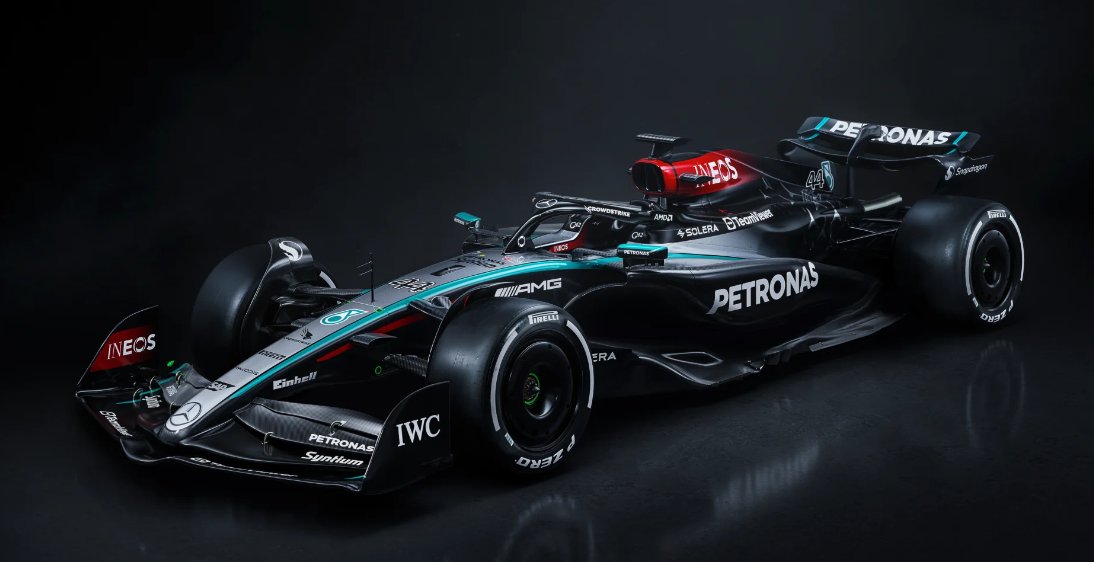In the past FRIC was conceived around hydraulic linking (now a banned method), then pitch/heave was controlled by a third damper at each axle (now a banned method - only two dampers per axle are permitted).
The knowledge of the benefits of wheel/axle control have not vanished; tyre longevity in races has been second only to RB over the last two seasons, on the whole. They have had a similar issue to RB in qualifying with this, but the field is so close in qualifying that this makes a big difference.
Do not believe the hype/spin that they are “so far off the pace”, no team last year was more than 2% ‘off the pace’, particularly in the only Q session that all cars run.
To a degree, AMGF1 were unlucky in that they chose low ride height, peak downforce & conventional suspension methods (1 damper per wheel) - along with the rest of the grid (except RB), leading to greater compromises in set-up, leading to a worse result. Look at the results, they made the best conventional race-car once the porpoising issue had been resolved (& bear in mind that in early races with their first attempt the drivers were attempting to control porpoising with an artificial speed control (not full throttle).
Porpoising cost them dear in 2022 & 2023 (effectively 2023 became a learning year for the suspension - mid-season updates proving as much). Prospects for a competitive package for this year are high, but as with the other 8 teams they will still be a little behind on the development curve.



